Home>Interior Design>Do Low Beds Make A Bedroom Look Bigger? 5 Expert Tips On Getting Bedroom Furniture Height Right In A Small Space
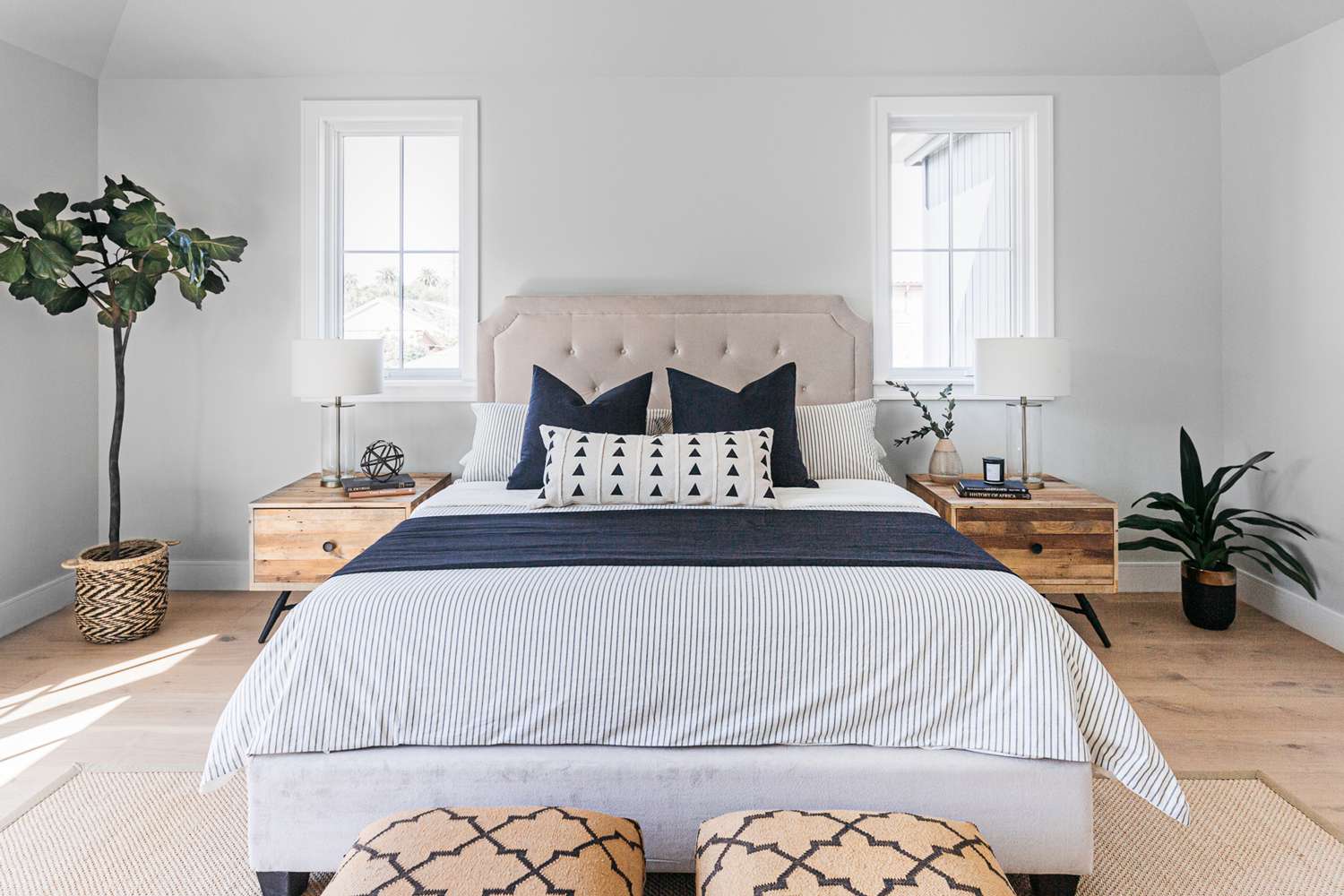

Interior Design
Do Low Beds Make A Bedroom Look Bigger? 5 Expert Tips On Getting Bedroom Furniture Height Right In A Small Space
Modified: January 5, 2024
Discover expert tips on how to choose the right height for bedroom furniture in small spaces and create the illusion of a bigger room. Boost your interior design!
(Many of the links in this article redirect to a specific reviewed product. Your purchase of these products through affiliate links helps to generate commission for Storables.com, at no extra cost. Learn more)
Introduction
In a small bedroom, every inch of space matters. Choosing the right furniture and making strategic design choices can greatly impact the perceived size and functionality of the room. One aspect that often comes into question is the height of the bed. Many people wonder if opting for a low bed in a small bedroom can make the space appear larger. In this article, we will explore this question and provide you with expert tips on getting the bedroom furniture height right in a small space.
The height of your bed can indeed have a significant impact on the overall perception of space in your bedroom. However, it is essential to consider other factors such as the ceiling height, proportions of the furniture, and the effective use of vertical space. By understanding these elements and making informed decisions, you can create a visually appealing and functional small bedroom that feels more spacious than it actually is.
So, whether you’re designing a cozy guest room, a compact master bedroom, or even a studio apartment, keep reading to discover our expert tips on bedroom furniture height in small spaces.
Key Takeaways:
- Opt for a balanced mix of low and high furniture to create visual interest and maximize space in a small bedroom. Consider proportions, ceiling height, and vertical storage to achieve a harmonious and functional design.
- Utilize vertical space with tall shelving, wall-mounted furniture, and clever storage solutions to create a visually appealing and efficient small bedroom. Balance low and high furniture for a spacious feel.
Tip 1: Understanding the impact of low beds on bedroom perception
When it comes to small bedrooms, low beds can be a popular choice to create a sense of openness and maximize the available floor space. The logic behind this is that a lower bed visually takes up less room, making the bedroom appear larger.
However, it’s important to consider the overall balance of the room when opting for a low bed. If all the furniture in the room is low, it can create a visually monotonous and uninteresting space. To avoid this, try mixing different heights of furniture elements and accessories to add visual interest and dimension.
Additionally, keep in mind that low beds can have drawbacks as well. Depending on your personal preferences and physical abilities, getting in and out of a low bed may be more challenging, especially for individuals with mobility issues. Furthermore, low beds may not be suitable for those who enjoy the feeling of being elevated or simply prefer a higher mattress surface.
It’s also important to consider the scale and proportions of the other furniture in the room. If you have other tall furniture pieces, such as a wardrobe or a bookshelf, a low bed may create an unbalanced and disproportionate look. In such cases, it may be more visually pleasing to opt for a slightly higher bed to maintain a sense of harmony within the space.
Ultimately, the impact of a low bed on bedroom perception depends on the overall design and layout of the room. It’s crucial to consider the specific characteristics of the space as well as your personal preferences before making a decision. Let’s now move on to our next tip, which is considering the ceiling height in relation to bed height.
Tip 2: Considering the ceiling height in relation to bed height
When selecting the height of your bed in a small bedroom, it’s crucial to consider the ceiling height and its visual relationship with the bed. The goal is to create a balanced and harmonious look that maximizes the vertical space without overwhelming the room.
If you have a low ceiling, opting for a low-height bed can help create a more proportional and cozy feel. A low bed can prevent the room from feeling cramped or suffocating, as it allows for more breathing space between the bed and the ceiling. Additionally, a low ceiling combined with a low bed can contribute to a more intimate and snug ambiance.
On the other hand, if your bedroom has higher ceilings, you can take advantage of the vertical space by opting for a higher bed. A taller bed can create a sense of grandeur and elegance, drawing the eye upward and making the room feel more spacious. However, it’s important to ensure that the bed height is still proportionate to the overall dimensions of the room. Choosing a bed that is too tall for the space can make the room feel cramped and unbalanced.
Another consideration when it comes to bed height and ceiling height is the impact on lighting and ventilation. If your bedroom has high ceilings, a taller bed can allow for the installation of overhead lighting fixtures, such as pendant lights or chandeliers. It can also provide space for a ceiling fan, which can enhance air circulation. Conversely, in rooms with low ceilings, a low bed allows for better distribution of natural and artificial light, preventing shadows and creating a brighter environment.
Ultimately, the goal is to create a cohesive and visually pleasing design by considering the ceiling height in relation to bed height. By finding the right balance, you can optimize the vertical space and enhance the overall aesthetics of your small bedroom.
Tip 3: Exploring the benefits of higher bedroom furniture
While low beds may be a popular choice for small bedrooms, there are also several benefits to considering higher bedroom furniture options. Incorporating taller elements into your bedroom design can create a sense of verticality and visual interest, making the space feel more expansive.
One advantage of higher bedroom furniture is the additional storage space it provides. If your small bedroom lacks storage options, choosing a taller dresser or wardrobe can help maximize the use of vertical space. By utilizing the vertical dimensions of the room, you can declutter and organize more effectively, keeping the floor space clear and uncluttered.
Furthermore, taller bedroom furniture can draw the eye upward and create an illusion of height. This is particularly beneficial in small bedrooms with low ceilings, as it helps counteract the potential of the space feeling cramped or closed-in. The verticality of taller furniture pieces can make the room feel more open and spacious, improving the overall ambiance.
Another advantage of choosing higher bedroom furniture is the flexibility it offers in terms of design and style. Taller pieces can add elegance and sophistication to the room, creating a more luxurious atmosphere. Additionally, taller furniture can serve as statement pieces that anchor the room and become focal points, elevating the overall aesthetic and character of the space.
It’s important to note that when opting for higher bedroom furniture, maintaining the right proportions is key. It’s essential to consider the size of the room and the scale of the other furniture pieces to ensure a harmonious and balanced design. Combining higher furniture elements with lower elements can create a dynamic and visually pleasing composition.
Ultimately, exploring the benefits of higher bedroom furniture can provide alternative options for your small bedroom design. By taking advantage of vertical space and incorporating taller elements, you can optimize storage, create a sense of expansiveness, and add a touch of elegance to your bedroom.
When working with a small bedroom, consider using low beds to create the illusion of a larger space. Low-profile furniture can help open up the room and make it feel more spacious.
Tip 4: Choosing appropriate furniture proportions for a small bedroom
When it comes to furnishing a small bedroom, choosing the right proportions for your furniture is essential to create a balanced and visually pleasing space. Incorrectly sized furniture can make the room feel cramped or empty, compromising both functionality and aesthetics.
Start by measuring the dimensions of your bedroom and understanding the available floor space. Consider the layout and placement of windows, doors, and other architectural features that may affect furniture placement. This will give you a clear picture of the maximum size and number of furniture pieces you can accommodate without overwhelming the room.
For the bed, select a size that allows for comfortable movement within the room. Opt for a mattress that is appropriate for the size of the room – a king-size bed in a small bedroom may dominate the space and make it feel cramped. Consider a queen or full-size bed instead, ensuring that there is enough space to walk around the bed comfortably.
When choosing additional furniture pieces such as dressers, nightstands, or desks, take into account the available floor space. Opt for streamlined and compact pieces that provide necessary functionality without overpowering the room. Look for furniture with built-in storage options to maximize space efficiency.
Consider the scale and proportions of the furniture in relation to each other. Aim for a cohesive and harmonious look by having furniture pieces that are proportionate to one another. For example, a bedside table that is too large in comparison to the bed can make the bed appear smaller and the room feel cluttered. Maintaining a sense of proportion will help create a balanced and visually appealing composition.
Another trick to consider is using furniture with legs. Furniture pieces that are raised off the ground on legs create a sense of openness and visual lightness. This can help create the illusion of more floor space, making the room feel larger than it actually is.
Remember, less is more in a small bedroom. Avoid overcrowding the space with too much furniture. Instead, focus on selecting a few key pieces that serve essential functions and create a comfortable and inviting atmosphere.
By carefully choosing appropriate furniture proportions for your small bedroom, you can create a well-balanced and visually pleasing space that maximizes both functionality and aesthetics.
Tip 5: Maximizing the use of vertical space
In a small bedroom, the efficient use of vertical space is key to creating a functional and visually appealing environment. By utilizing the height of the room, you can maximize storage options, create a sense of spaciousness, and add interest to the overall design.
One way to maximize vertical space is by opting for tall, floor-to-ceiling shelving units or bookcases. These can serve as not only storage for books and accessories but also as decorative elements that draw the eye upward. Make use of open shelving to maintain a sense of airiness or incorporate baskets and bins to keep items organized and hidden.
Another way to utilize vertical space is by installing wall-mounted or hanging furniture. Consider mounting bedside tables, floating shelves, or even a wall-mounted desk. These pieces free up valuable floor space while still providing functionality and storage options. Additionally, wall-mounted or hanging elements create a sense of lightness and openness, contributing to the perceived size of the room.
Don’t forget about the often-overlooked vertical space above furniture. Install floating shelves or hanging hooks above your bed or other furniture to store and display items such as artwork, plants, or decorative accents. This not only adds visual interest but also makes use of otherwise unused space.
Another clever way to maximize vertical space is by utilizing the back of doors. Install hooks or hanging organizers to store items like bags, scarves, or hats. This small addition can make a significant difference in freeing up space in the room.
Additionally, consider incorporating vertical storage solutions within your furniture pieces. Look for beds with built-in drawers or ottomans that provide hidden storage. These types of furniture allow you to optimize space efficiency while keeping items out of sight.
Lastly, be mindful of the way you arrange your furniture in the room. Avoid blocking windows or obstructing natural light as it can make the space feel cramped. Opt for furniture that is size-appropriate for the room and allows for easy circulation.
By maximizing the use of vertical space in your small bedroom, you can create a more functional and visually appealing space. Implementing shelving, wall-mounted furniture, utilizing vertical wall space, and incorporating clever storage solutions will help you make the best use of every inch available.
Conclusion
Designing a small bedroom can be a challenging task, but with the right approach and understanding of furniture height, you can create a space that feels more spacious and visually appealing. By considering the impact of low beds on bedroom perception, understanding the relationship between ceiling height and bed height, exploring the benefits of higher bedroom furniture, choosing appropriate furniture proportions, and maximizing the use of vertical space, you can optimize the design and functionality of your small bedroom.
When it comes to bed height, low beds can create a sense of openness, while higher beds can add grandeur and maximize storage. However, it is crucial to consider the proportions of the furniture, the ceiling height, and the overall balance of the room. By finding the right balance, you can achieve a visually pleasing and functional bedroom design.
Incorporating taller bedroom furniture pieces not only provides additional storage space but also adds verticality and visual interest to the room. To maintain proportion and harmony, mix different heights of furniture elements and accessories.
Choosing appropriate furniture proportions for a small bedroom entails measuring the dimensions of the room and selecting furniture that allows for comfortable movement and functionality. Consider the scale and proportions of the furniture pieces in relation to one another to achieve a balanced composition.
Lastly, maximizing the use of vertical space is crucial in small bedrooms. Utilize tall shelving units, wall-mounted furniture, and storage solutions to make the most of the available vertical space. Incorporate hooks, floating shelves, and other organizational tools to keep items off the floor and maintain a clutter-free environment.
By implementing these expert tips and making informed decisions about furniture height and layout, you can transform your small bedroom into a stylish and functional space that feels larger than it actually is. Remember to always consider the specific characteristics of your room and your personal preferences to create a truly customized and inviting bedroom retreat.
Frequently Asked Questions about Do Low Beds Make A Bedroom Look Bigger? 5 Expert Tips On Getting Bedroom Furniture Height Right In A Small Space
Was this page helpful?
At Storables.com, we guarantee accurate and reliable information. Our content, validated by Expert Board Contributors, is crafted following stringent Editorial Policies. We're committed to providing you with well-researched, expert-backed insights for all your informational needs.
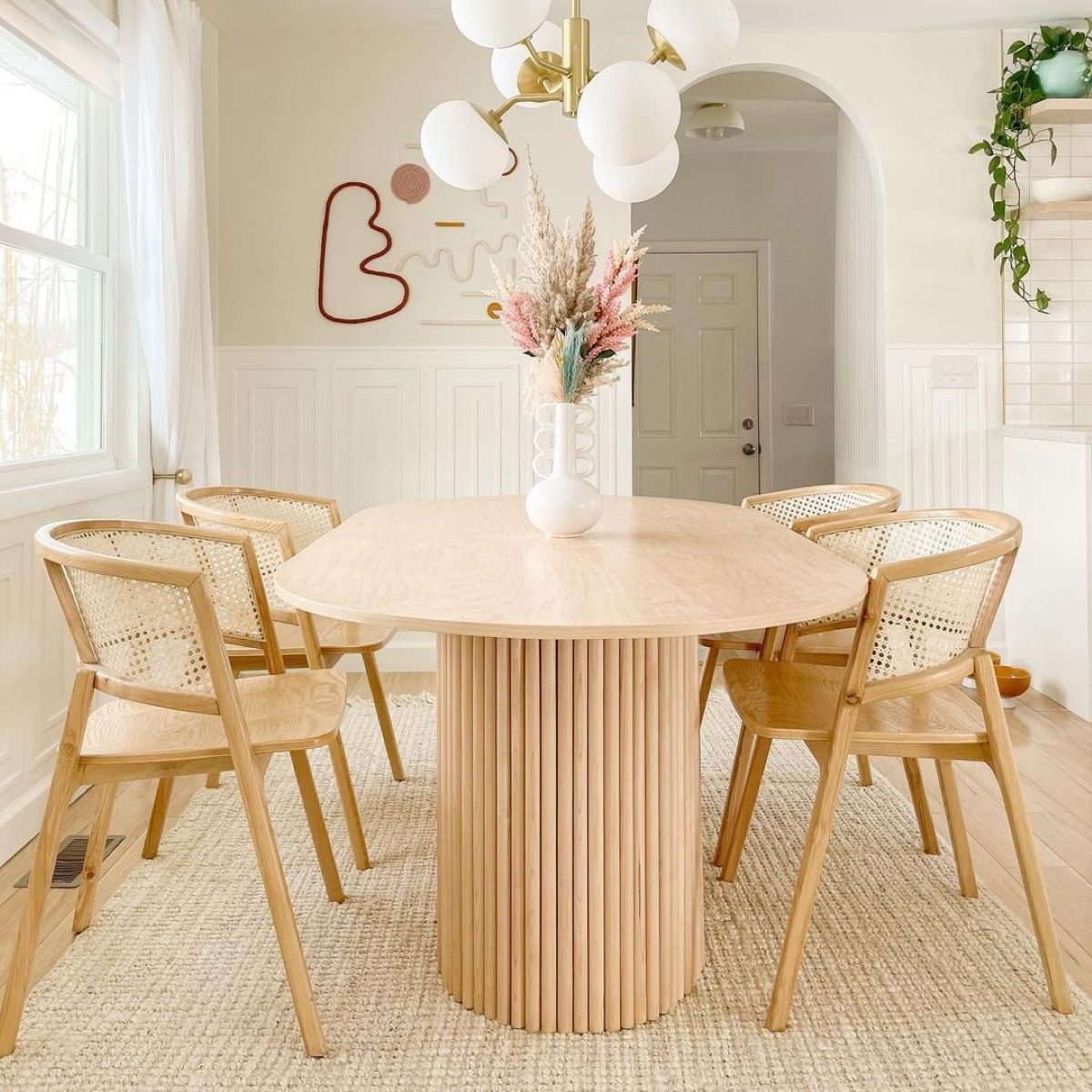
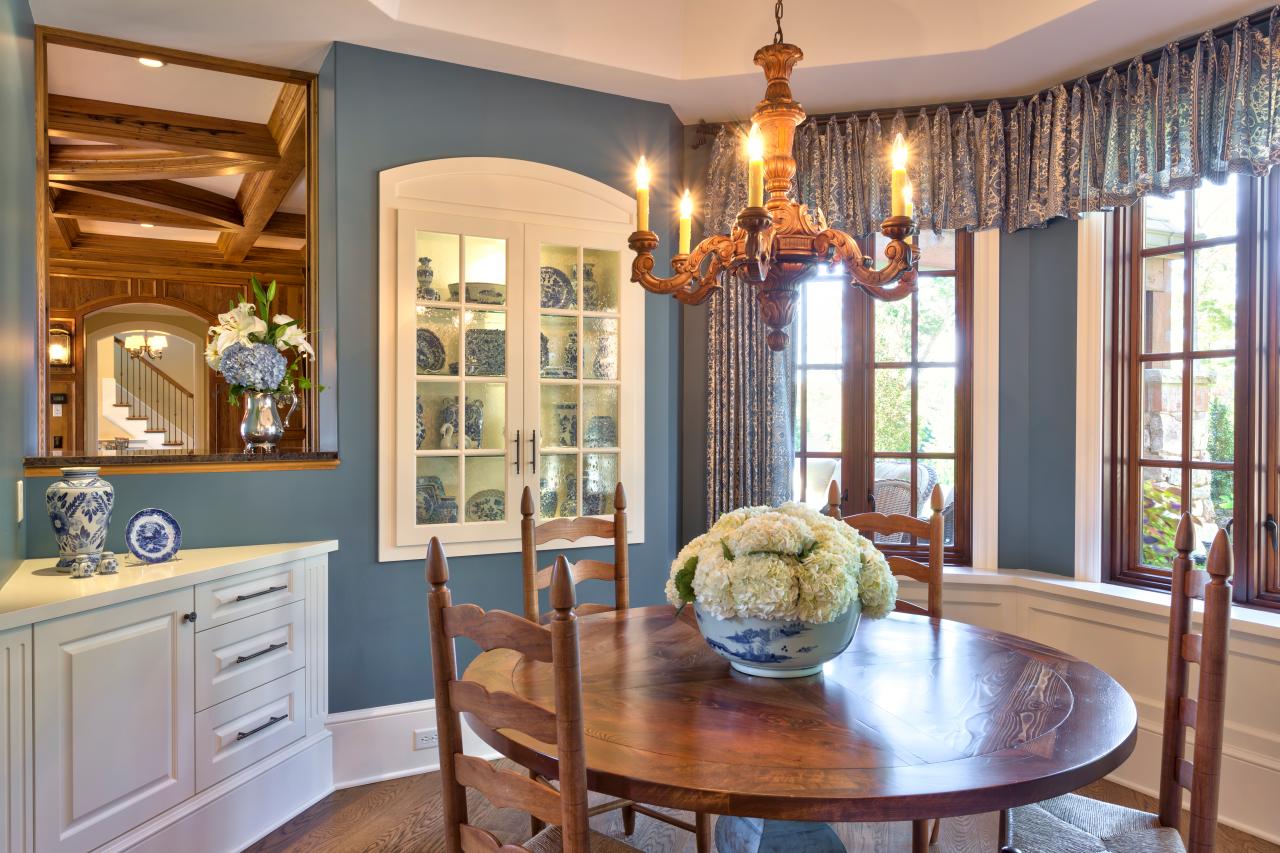
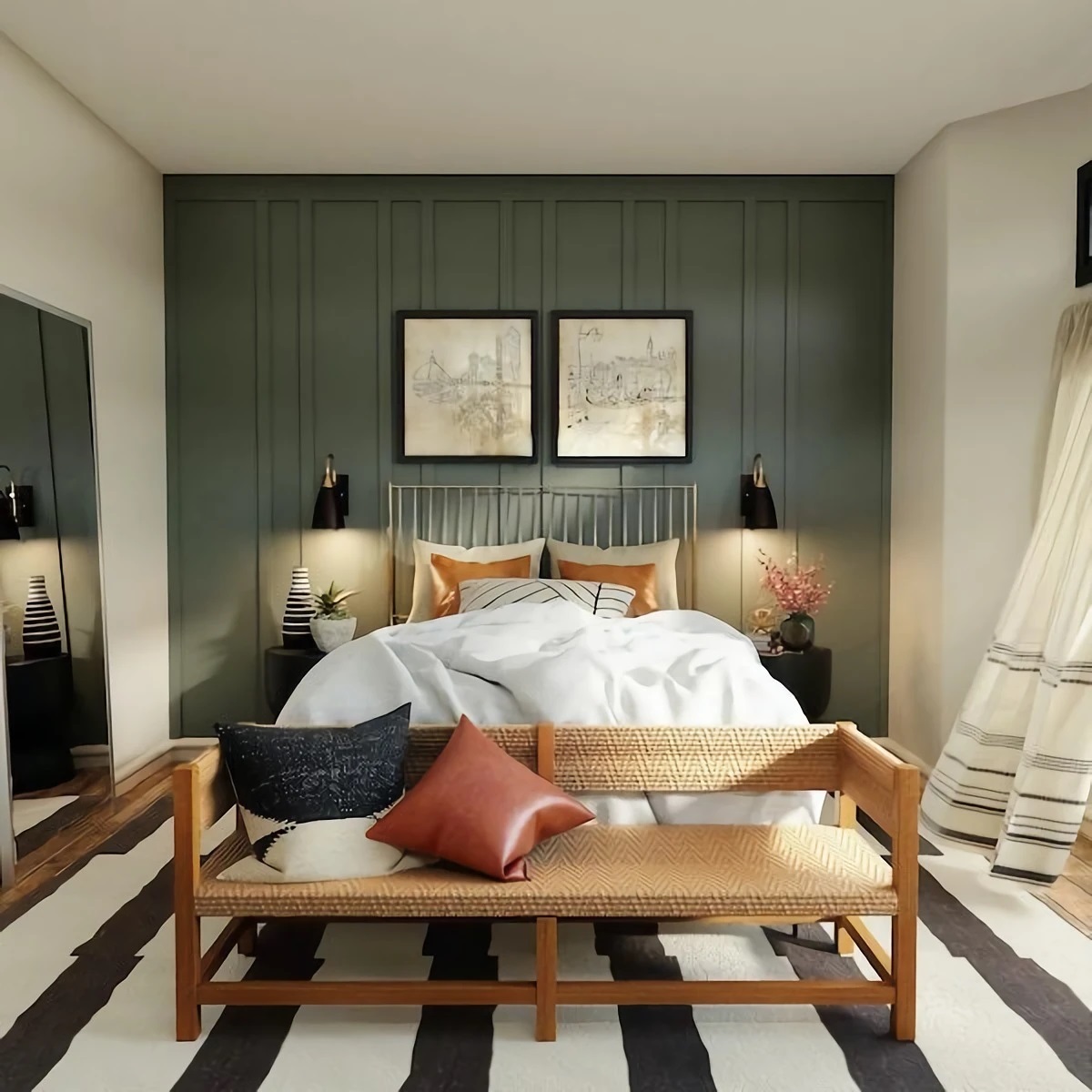
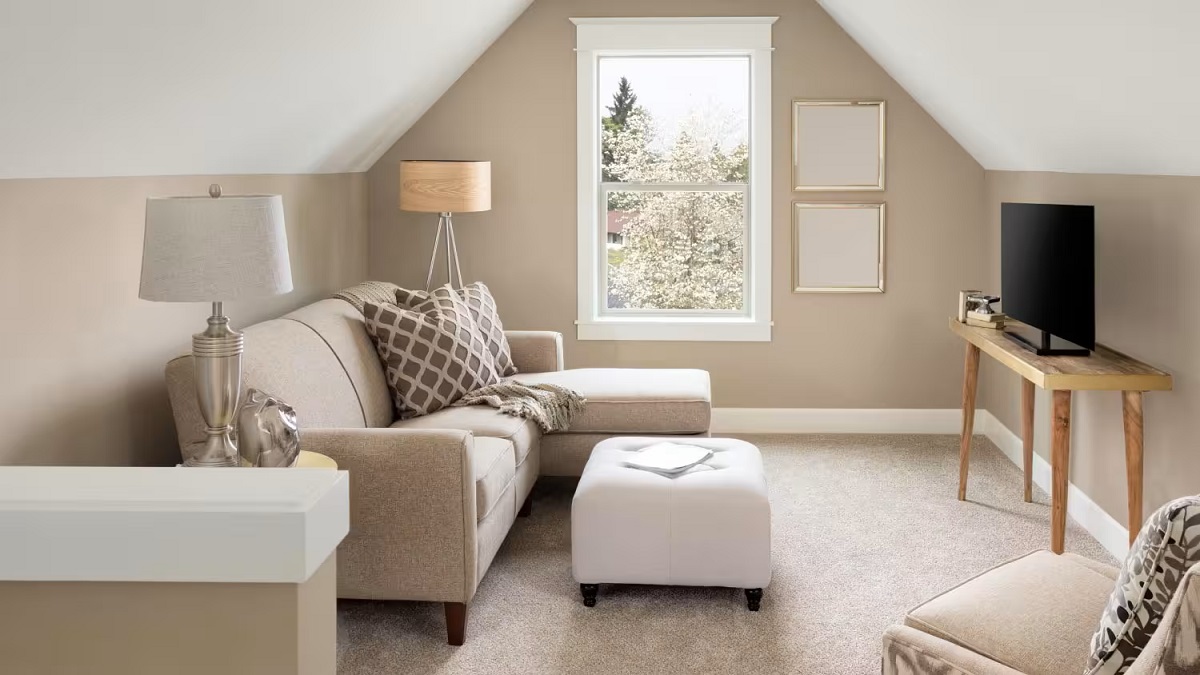
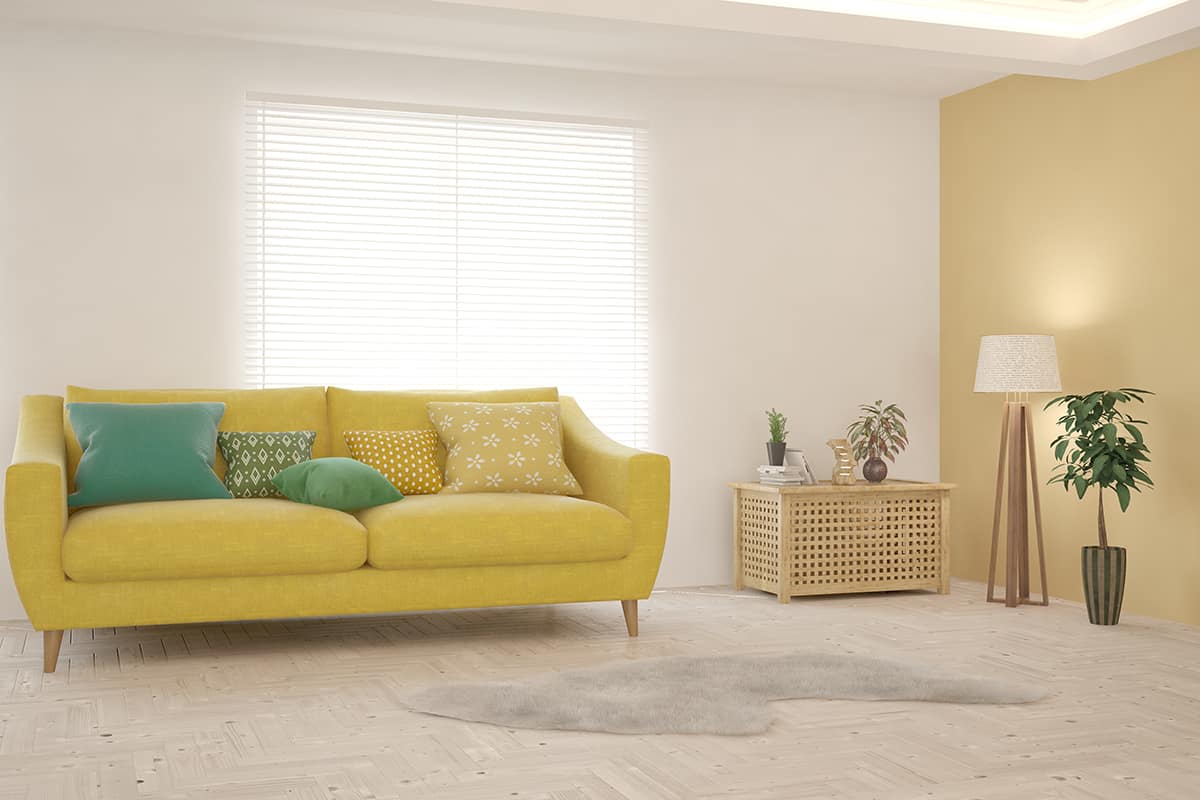
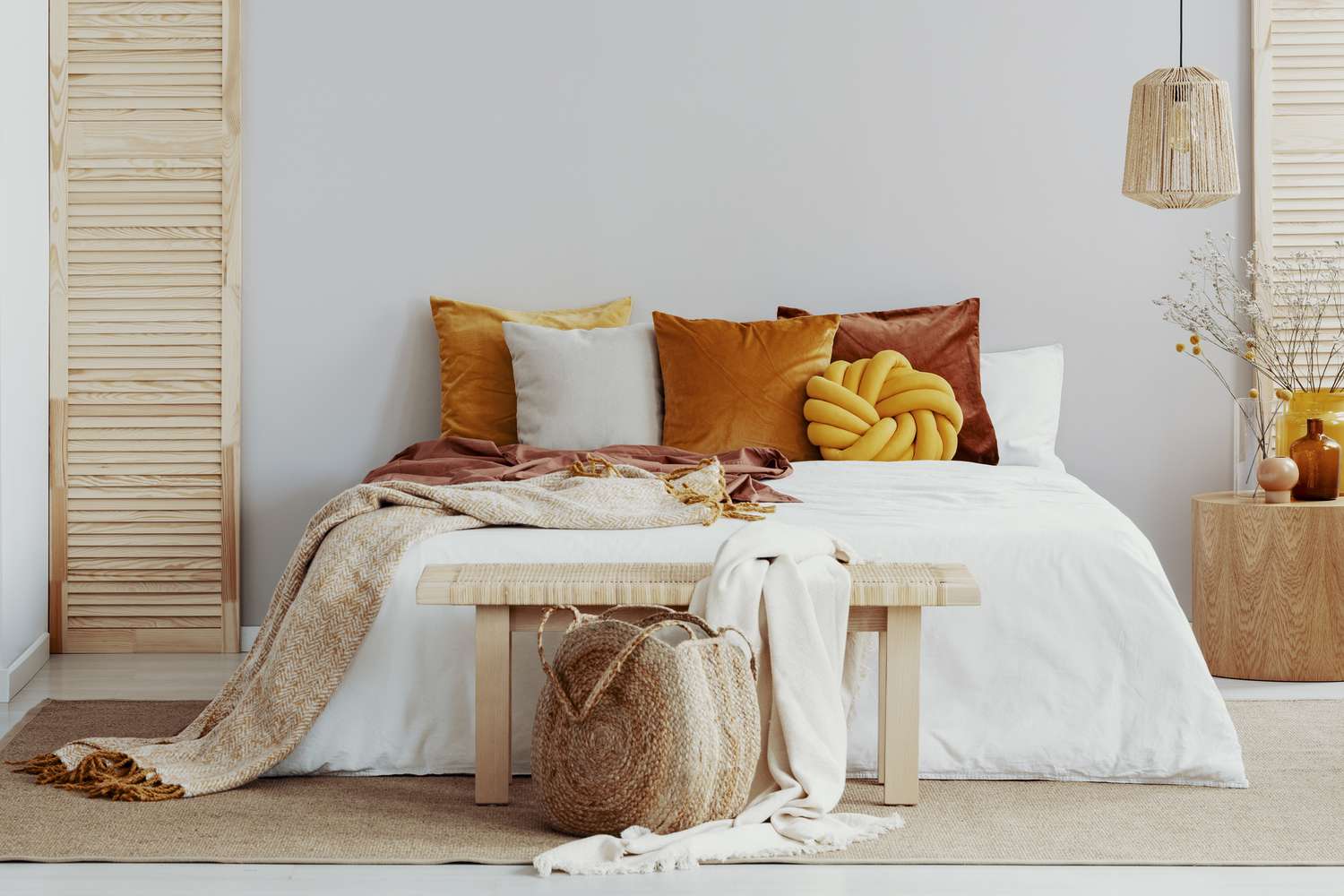
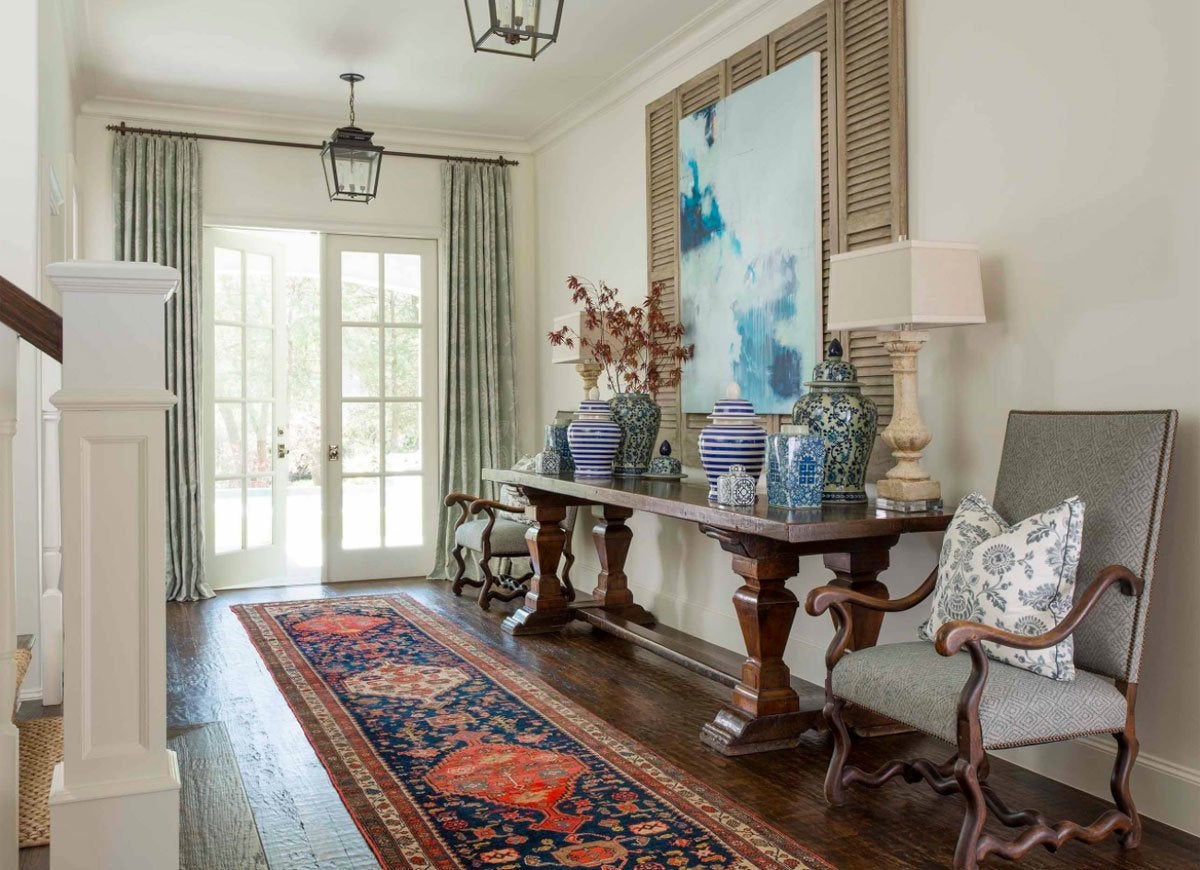
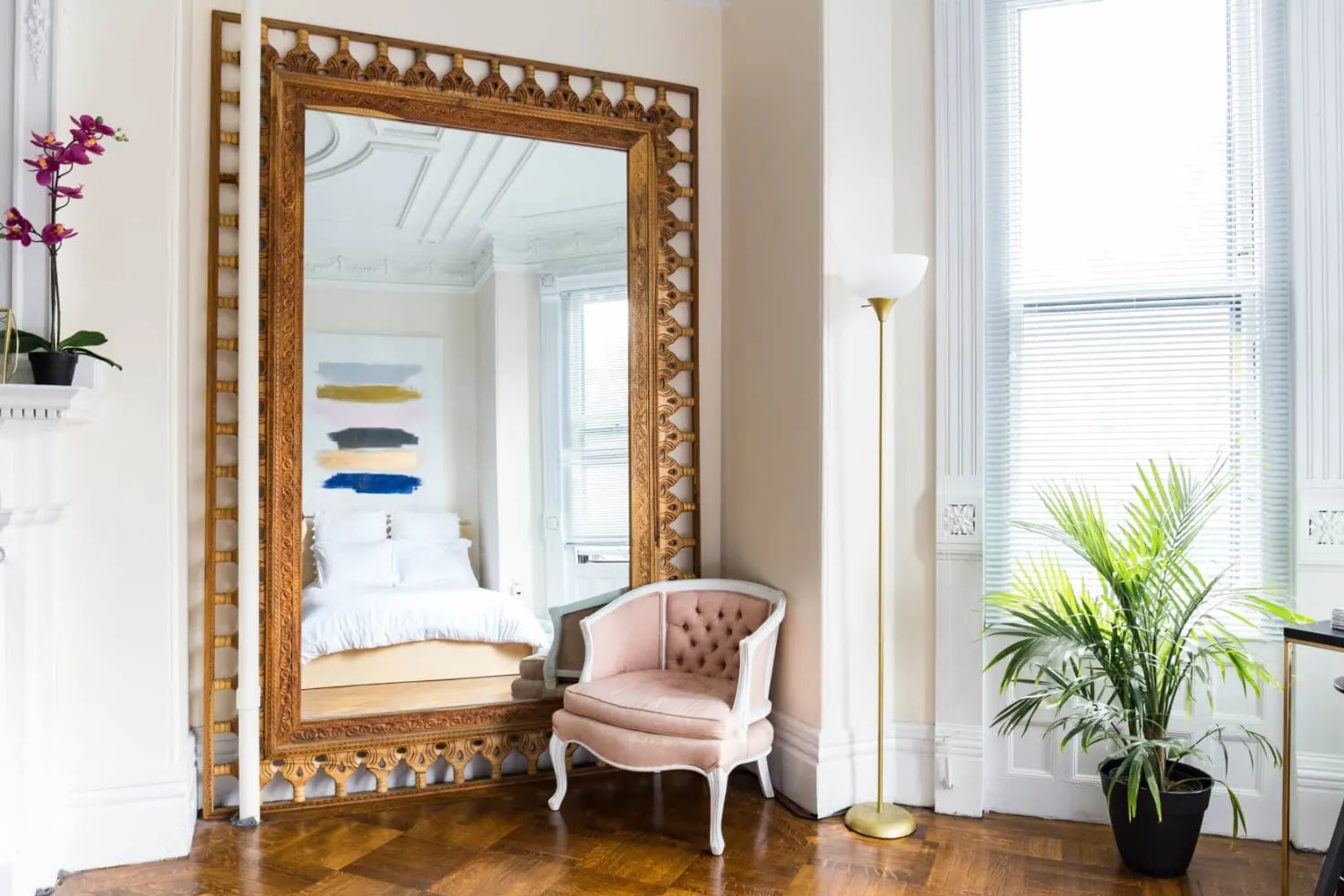
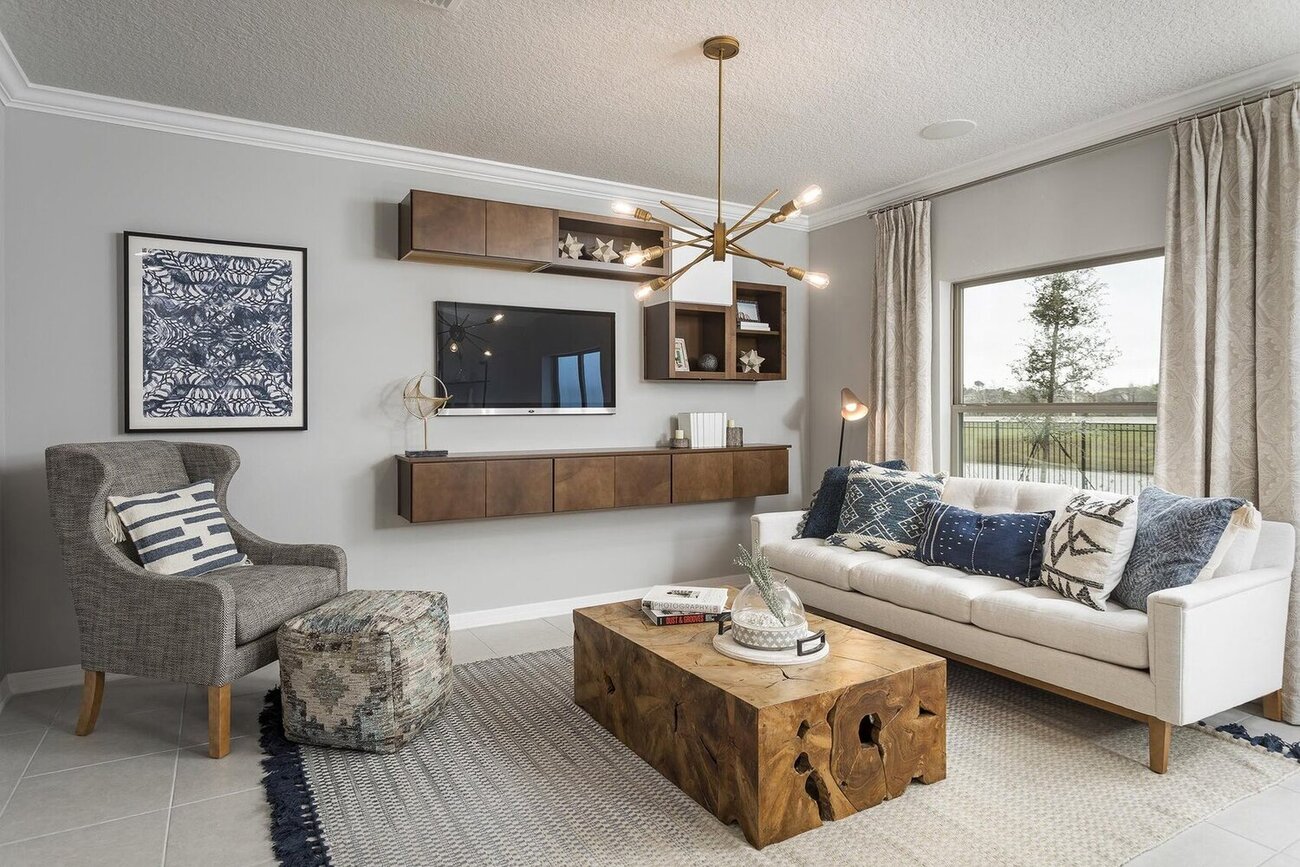
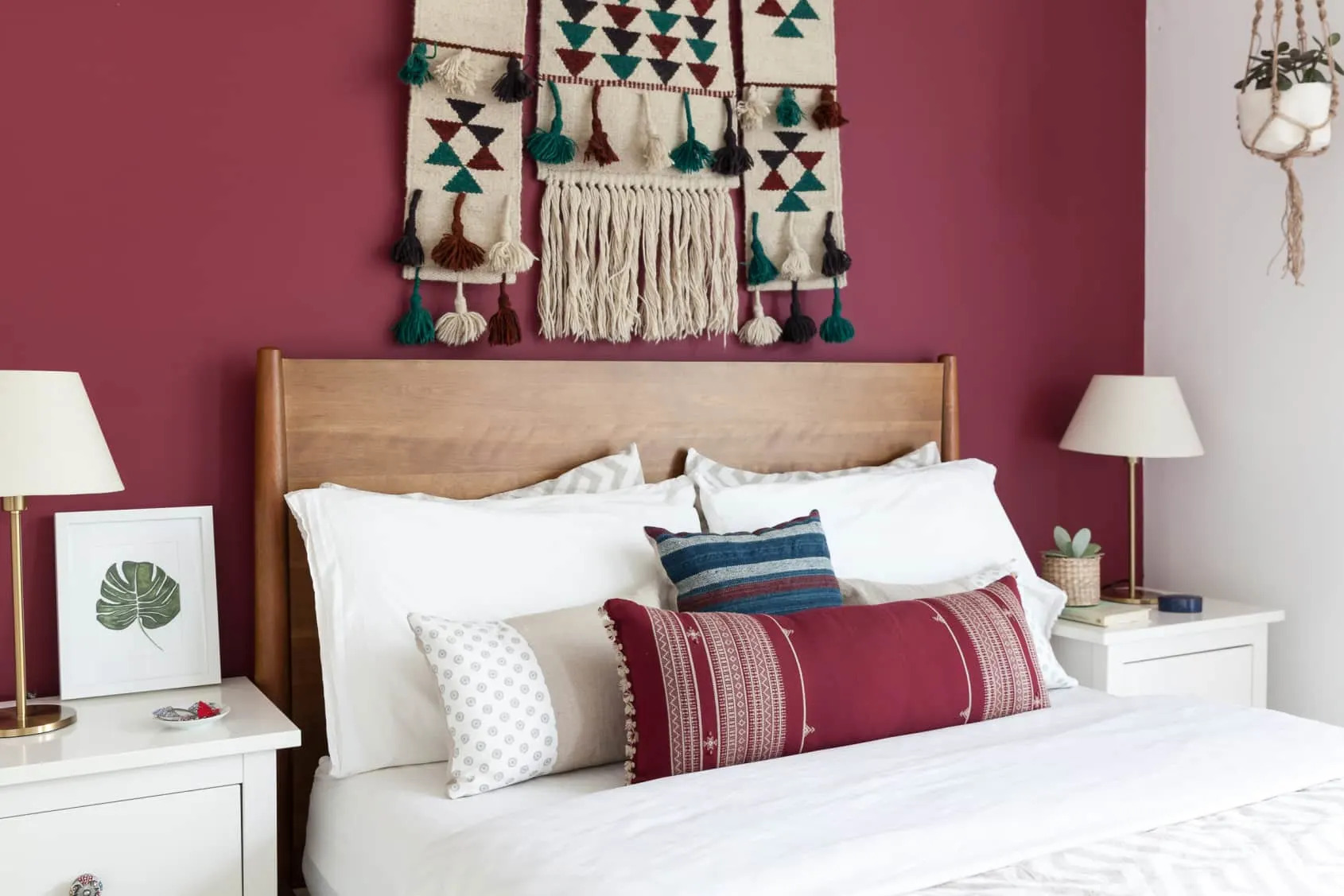
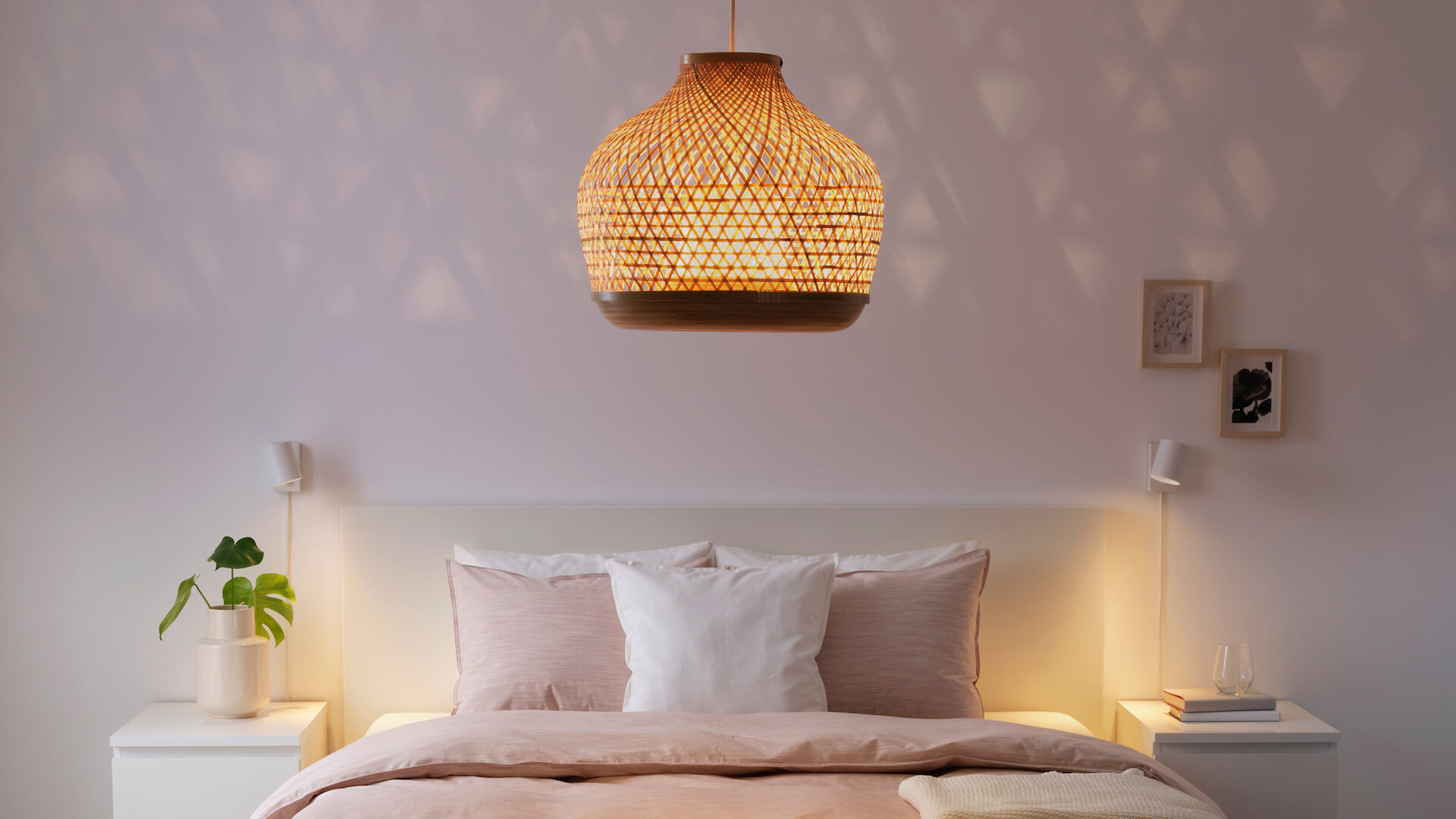

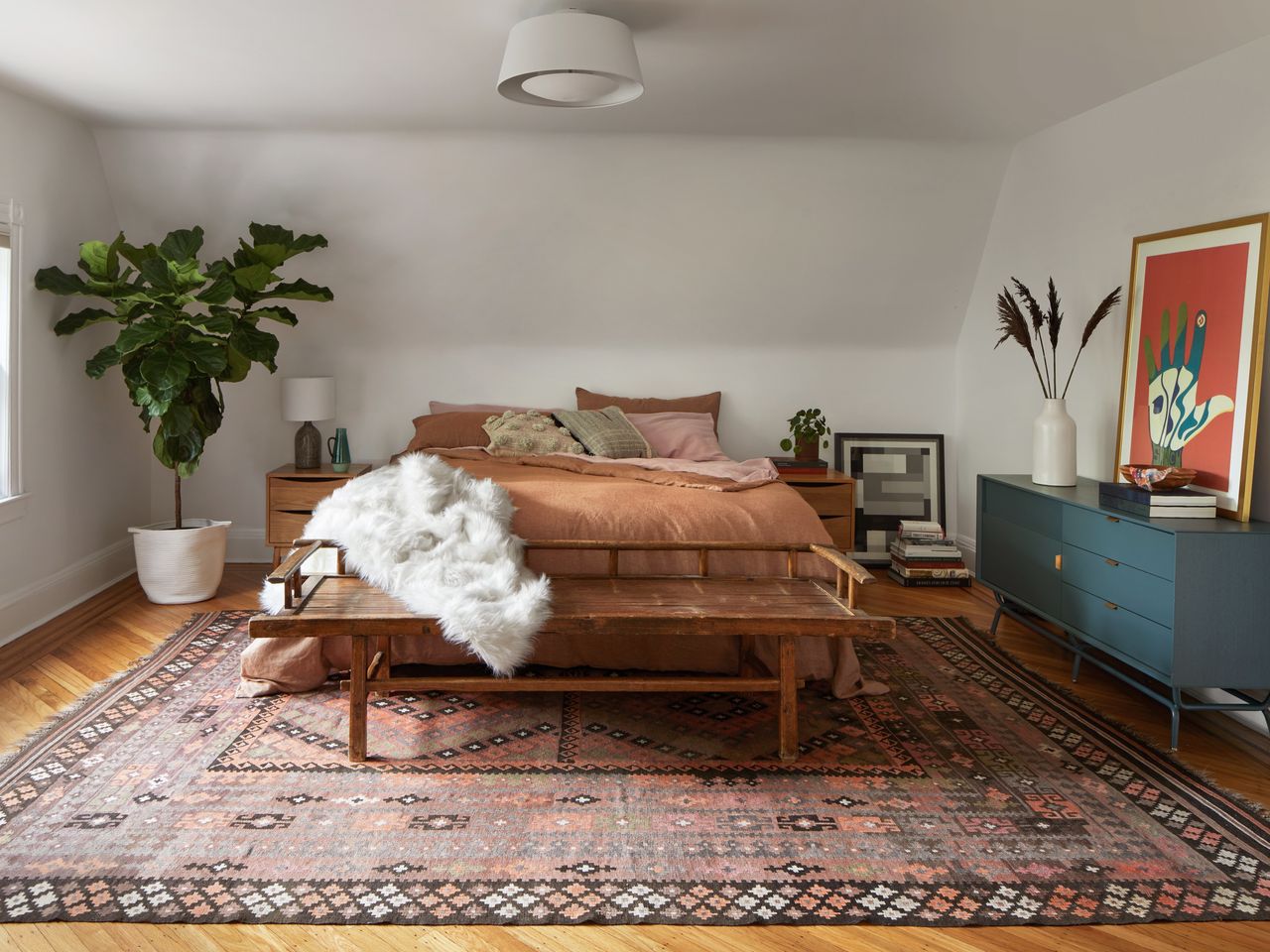


0 thoughts on “Do Low Beds Make A Bedroom Look Bigger? 5 Expert Tips On Getting Bedroom Furniture Height Right In A Small Space”